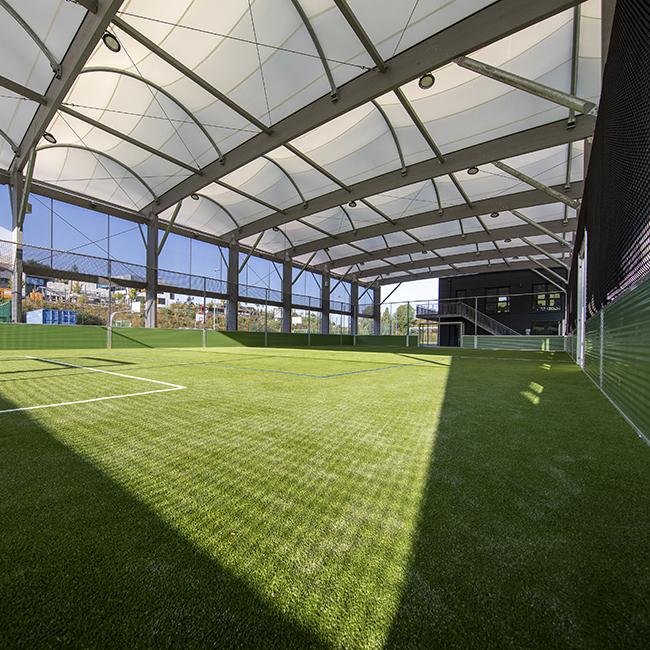Sustainable sports facilities
SMC2 calls to action for climate protection
On 20th March 2023, the Intergovernmental Panel on Climate Change (IPCC) published its 6th report. The result is more than worrying. Greenhouse gas emissions continue to increase as well as exacerbating climate risks. There is an urgent need for action! Construction companies in the sports sector have also understood that clubs and municipalities are becoming more and more aware of this emergency. Unfortunately, some companies tend towards so-called greenwashing and use arguments that can sometimes be misleading when communicating about the sustainability of their products.
Greenhouse gas balance of sports facilities:
The construction industry must act!
The environmental assessment of products is regulated by international standards. Two sets of rules apply to the life cycle analysis or life cycle assessment of a product: ISO 14040 on the principles and framework conditions of life cycle assessments and ISO 14044 on requirements and guidelines for conducting life cycle assessments.
In addition, EN 15804 stipulates that the life cycle assessment of two building materials must be compared on the basis of the respective EPDs (Environmental Product Declaration). The EPD of a product takes into account the environmental impact over the entire life cycle, from the production stage (phases A1 to A3), transport and construction/installation in the erection stage (phases A4 to A5) through the use stage (phases B1 to B7) to the disposal stage with dismantling and waste treatment (phases C1 to C4).
The construction industry has a significant share in climate change: It causes 38 % of global greenhouse gas emissions and the CO₂ pollution it causes in our environment has many sources. It is therefore crucial to change habits and design and construct buildings – including sports facilities – in a way that limits climate change and CO₂ emissions.

Photos: SMC2
